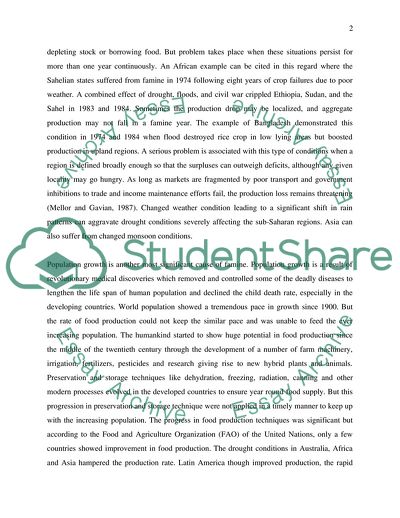Cite this document
(The Causes and Effects of Famine in Developing Countries Term Paper, n.d.)
The Causes and Effects of Famine in Developing Countries Term Paper. Retrieved from https://studentshare.org/social-science/1715335-briefly-outline-the-causes-and-effects-of-famine-in-developing-countries
The Causes and Effects of Famine in Developing Countries Term Paper. Retrieved from https://studentshare.org/social-science/1715335-briefly-outline-the-causes-and-effects-of-famine-in-developing-countries
(The Causes and Effects of Famine in Developing Countries Term Paper)
The Causes and Effects of Famine in Developing Countries Term Paper. https://studentshare.org/social-science/1715335-briefly-outline-the-causes-and-effects-of-famine-in-developing-countries.
The Causes and Effects of Famine in Developing Countries Term Paper. https://studentshare.org/social-science/1715335-briefly-outline-the-causes-and-effects-of-famine-in-developing-countries.
“The Causes and Effects of Famine in Developing Countries Term Paper”, n.d. https://studentshare.org/social-science/1715335-briefly-outline-the-causes-and-effects-of-famine-in-developing-countries.


